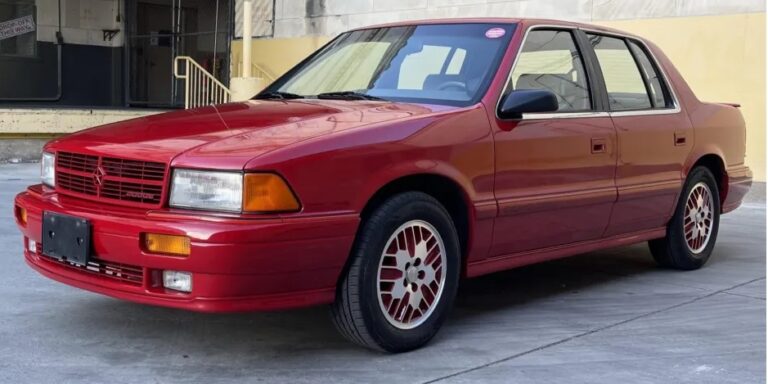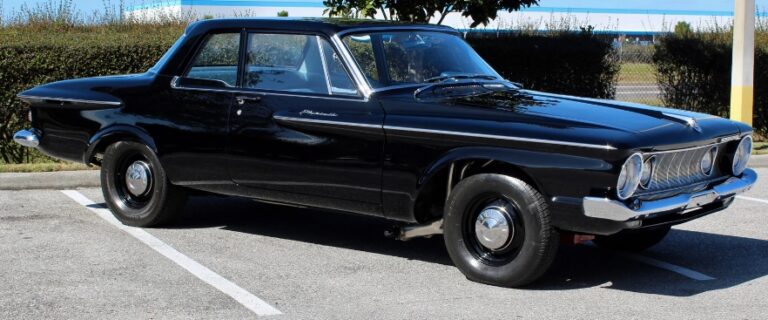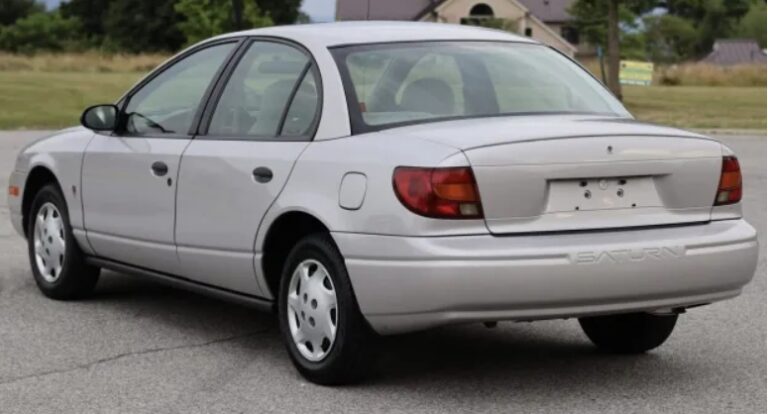The Evolution of the Hyundai Accent
The Hyundai Accent has established itself as a popular subcompact car worldwide, known for its affordability, fuel efficiency, and practicality. Since its debut, the Accent has undergone significant evolution in design, technology, and features, reflecting broader automotive trends and Hyundai’s commitment to quality. This article traces the development of the Hyundai Accent from its inception in 1994 through its various generations, highlighting key model years, trims, and notable changes.
Origins and First Generation (1994–2000)
Introduction:
Hyundai launched the Accent in 1994 as a replacement for the Hyundai Excel. The first-generation Accent was developed to compete in the burgeoning subcompact segment, emphasizing affordability and reliability. Initially available primarily in South Korea and North America, the first-generation Accent was based on Hyundai’s internal platform shared with other models such as the Elantra.
Models and Trims:
In North America, the 1995 model year marked the start of the Accent’s availability with basic trims, typically including a Standard or GLS trim. The initial lineup featured:
- Base Model: Focused on economy, with minimal amenities.
- GLS: Offered features like air conditioning, power steering, and upgraded interior materials.
Design and Features:
The first-generation Accent featured a simple, aerodynamic design with rounded edges. Powertrain options included a 1.5-liter SOHC four-cylinder engine producing approximately 94 horsepower, coupled with a 5-speed manual or 4-speed automatic transmission. Safety features were basic, with standard front disc brakes and optional rear drum brakes.
Notable Updates:
By 1998, Hyundai introduced minor styling refreshes, including updated bumpers and grille designs, alongside interior improvements like better seat fabrics and optional features such as power windows and locks.
Second Generation (2000–2005)
Introduction:
The second-generation Hyundai Accent debuted in 2000, focusing on improved quality, styling, and comfort. It was built on the Hyundai “SS” platform, which increased interior space and ride comfort.
Models and Trims:
The 2000 model year offered several trims, including:
- GL: The base model with manual windows, manual locks, and minimal features.
- GLS: Added features like air conditioning, upgraded audio, and power windows.
- GT: A sportier trim with a more aggressive appearance and sport-tuned suspension.
Design and Features:
This generation adopted a more modern, rounded shape with larger dimensions. The interior saw improvements in comfort, materials, and ergonomics. Powertrains included:
- 1.5-liter SOHC engine (94 hp)
- A 1.6-liter engine (105 hp) introduced mid-cycle
- Options for 5-speed manual or 4-speed automatic transmissions
Special Editions and Variants:
In certain markets, Hyundai offered sporty variants or special editions with cosmetic enhancements, such as alloy wheels and sport decals.
Facelifts and Updates:
In 2003, Hyundai introduced a mid-cycle refresh, updating the front grille, headlights, and taillights, along with interior refinements like improved audio systems and safety features such as front airbags becoming more common.
Third Generation (2006–2011)
Introduction:
The third-generation Accent was launched in 2006, aiming to elevate quality and appeal. It was larger, more refined, and introduced new features aligned with Hyundai’s global strategy.
Models and Trims:
The 2006 lineup generally included:
- GL: Entry-level with basic features
- GLS: Mid-range with added comfort and convenience
- SE or Sport: Higher trims with sportier styling and features
Design and Features:
Design-wise, this Accent adopted a more contemporary look with sharper lines and a more aerodynamic profile. Interior quality improved significantly, with better materials and more modern dashboard layouts.
Powertrain options included:
- 1.6-liter Gamma SOHC engine (110 hp)
- 1.5-liter engine carried over in some markets
- Transmission options: 5-speed manual, 4-speed automatic, and in some markets, a 5-speed automatic
Technological and Safety Features:
By this period, features such as air conditioning, power windows, central locking, and upgraded audio systems became standard or available. Safety equipment expanded to include front airbags as standard in many markets, with some versions offering side airbags.
Facelifts and Updates:
In 2009, Hyundai introduced a facelift with subtle exterior updates, including new grille designs, headlight and taillight revisions, and interior enhancements like improved seating and dashboard materials.
Fourth Generation (2012–2017)
Introduction:
The fourth-generation Accent arrived in 2011 for the 2012 model year, marking a significant redesign emphasizing style, efficiency, and technology.
Models and Trims:
The 2012 lineup was streamlined but offered clear distinctions:
- GL: Basic trim with essential features
- GLS: Mid-range with added comfort features
- SE: Sportier appearance and features
Design and Features:
This generation featured a more modern, youthful design with a prominent hexagonal grille, sleeker body lines, and improved aerodynamics. Inside, the cabin saw upgrades with better materials, a redesigned dashboard, and increased interior space.
Powertrain options included:
- 1.6-liter Gamma GDi (Gasoline Direct Injection) engine producing approximately 138 hp
- An available 1.4-liter turbo-diesel in some markets
- Transmission options: 6-speed manual, 6-speed automatic, and a CVT in some regions
Technology and Safety:
Standard features began including Bluetooth connectivity, USB ports, and touchscreen infotainment systems in higher trims. Safety features expanded to include stability control, anti-lock brakes, and multiple airbags.
Special Editions and Variants:
Hyundai released special editions like the “Sport” trim with cosmetic upgrades, and in certain markets, eco-focused variants emphasizing fuel economy.
Facelifts and Updates:
In 2015, Hyundai introduced a facelift with minor exterior updates like new headlights, taillights, and front grille, along with interior upgrades such as improved infotainment systems.
Fifth and Current Generation (2018–Present)
Introduction:
The latest Hyundai Accent was unveiled in 2017 as a 2018 model, representing the most significant evolution yet, with a focus on modern styling, efficiency, and safety.
Models and Trims:
The 2018+ lineup varies by market but generally includes:
- SE: Base model
- SEL: Mid-range with additional features
- Limited: Top-tier with premium features
Design and Features:
The fifth-generation Accent showcases a sleek, contemporary design with a prominent cascading grille, sharp LED headlights, and a refined profile. The interior features high-quality materials, a modern dashboard, and an available touchscreen infotainment system with Apple CarPlay and Android Auto.
Powertrain options include:
- 1.6-liter Gamma MPI (Multi-Point Injection) engine (130 hp)
- In some markets, a turbocharged variant or a diesel engine is available
- Transmission options: 6-speed manual, 6-speed automatic, and CVT depending on the market
Safety and Technology:
Advanced safety features became more widely available, including forward collision warning, lane departure alert, and rearview cameras. The Accent also offers keyless entry, push-button start, and premium audio systems in higher trims.
Recent Updates:
Hyundai continues to refine the Accent with software updates, minor styling tweaks, and feature additions, maintaining its position as an affordable, efficient subcompact.
.
MANY auto lovers not only spend time in their garages to tinker on their autos, but have other projects going on in there as well. Wood working is a popular pastime for the creative type of individual. Not sure what to make next? Or thinking about getting into this kind of hobby? There’s lots of possibilities… Here’s some of them…

.
Summary and Significance
Over nearly three decades, the Hyundai Accent has evolved from a basic economy car into a modern, well-equipped vehicle that appeals to budget-conscious buyers seeking style, comfort, and safety. Its development reflects Hyundai’s broader strategy of providing value through technological improvements, design updates, and safety enhancements.
From its modest beginnings in the mid-1990s to its current iteration, the Accent has seen multiple generations, each marked by design refreshes, expanded features, and increased safety and technology offerings. Its global presence across various markets demonstrates its versatility and importance within Hyundai’s lineup.
Conclusion
The Hyundai Accent’s evolution exemplifies how a compact car can adapt over time to meet changing consumer preferences and technological advancements. Its journey from a simple economy vehicle to a competitive subcompact highlights Hyundai’s commitment to quality, innovation, and affordability. As the Accent continues to adapt to new automotive trends, it remains a significant model in Hyundai’s global portfolio, embodying the brand’s growth and commitment to delivering value to its customers.
Note: The specific trims and features can vary by country and model year, but this overview captures the general progression and key features of the Hyundai Accent throughout its production history.







